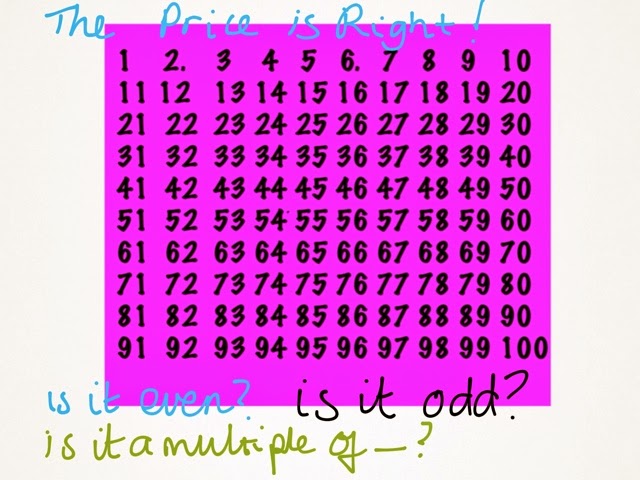I've been lucky enough to be working with a group of lovely Year 3/4 kids to help them with spelling for the next few weeks. They are mainly working on Dolch Sight words. I wanted to do something a bit more enjoyable than Look, cover, write, check and also bring in as many multi-sensory experiences as possible too.
Some of the ideas I came up with were:
Word erase: write a list of words on the board, have three ways of spelling each words, two wrong and the correct way for each word. Children erase the incorrectly spelt words and are left with their correctly spelt words to do the next activities with.
Using the fridge magnets interactive media in Smart notebook (this is a smart board school but all the interactive whiteboards have a similar programme)
Memory games, where children turn over cards and match them or they can play snap.
Word bingo
Cut and paste sight word sentences
Finger spell with sign language
Scavenger hunt: we use photocopied pages from readers to highlight out spelling words when we find them
Buddy highlighting: a buddy 1 reads the word, buddy 2 spells or writes it. If it's correct, buddy 1 highlights it on the sheet to mark it off.
Magic words: Kids write the word in white crayon, and then colour over it with marker to make it appear.
Puzzle maker: there are loads of make your own word search sights. Children can type in their own words, make their puzzle and find them in their word search.
Skipping: we did this years ago at one of my schools in the outback. Children jumped rope and spelt out their spelling words at the same time. So good when kids have been sitting at a desk far too long!
Dominoes: it takes a little while to prepare, but why can't the kids help make it? It would give them so much ownership over the game. Just have some oblong cardboard strips, draw a line half way and write a sight word each side of the line.
















